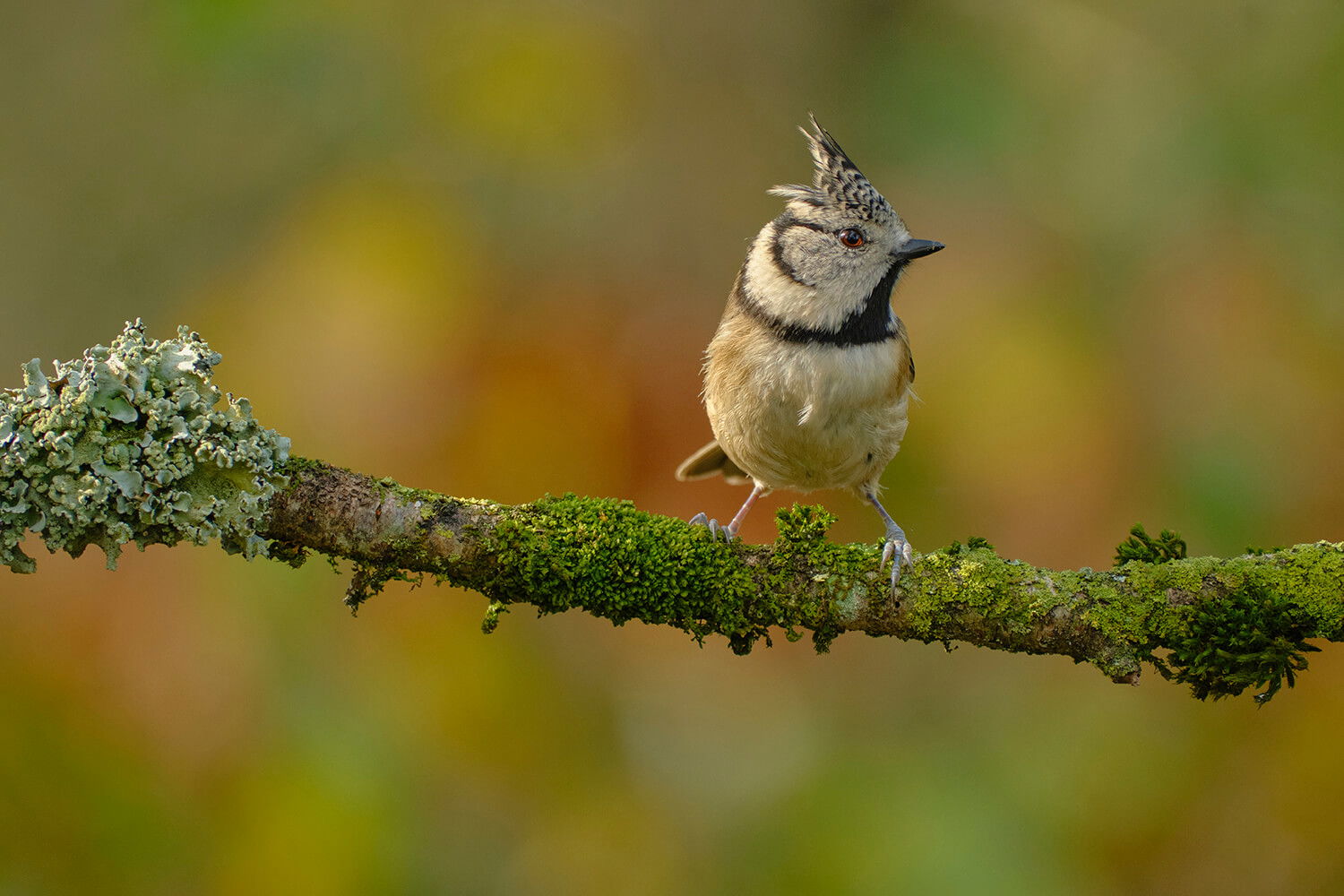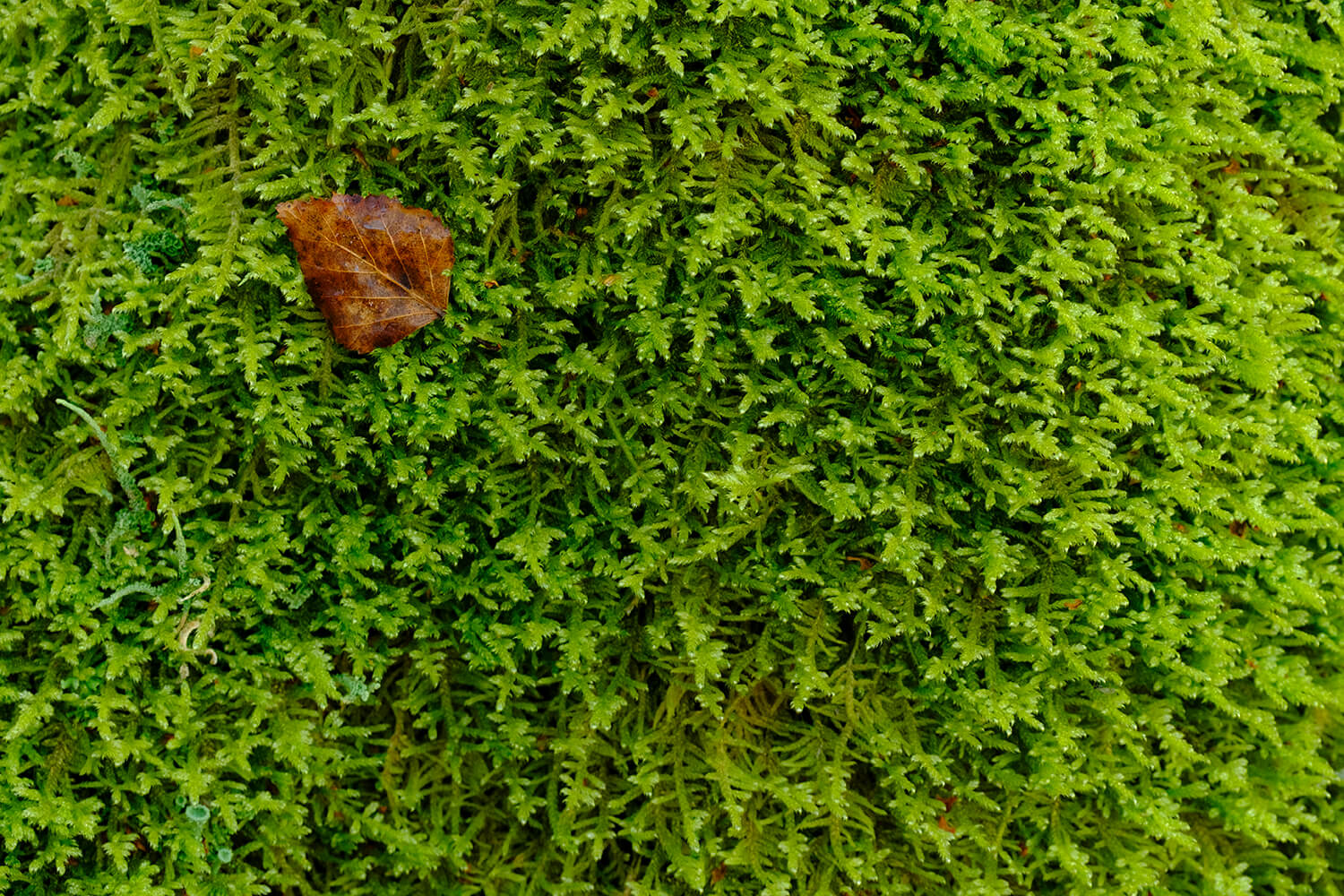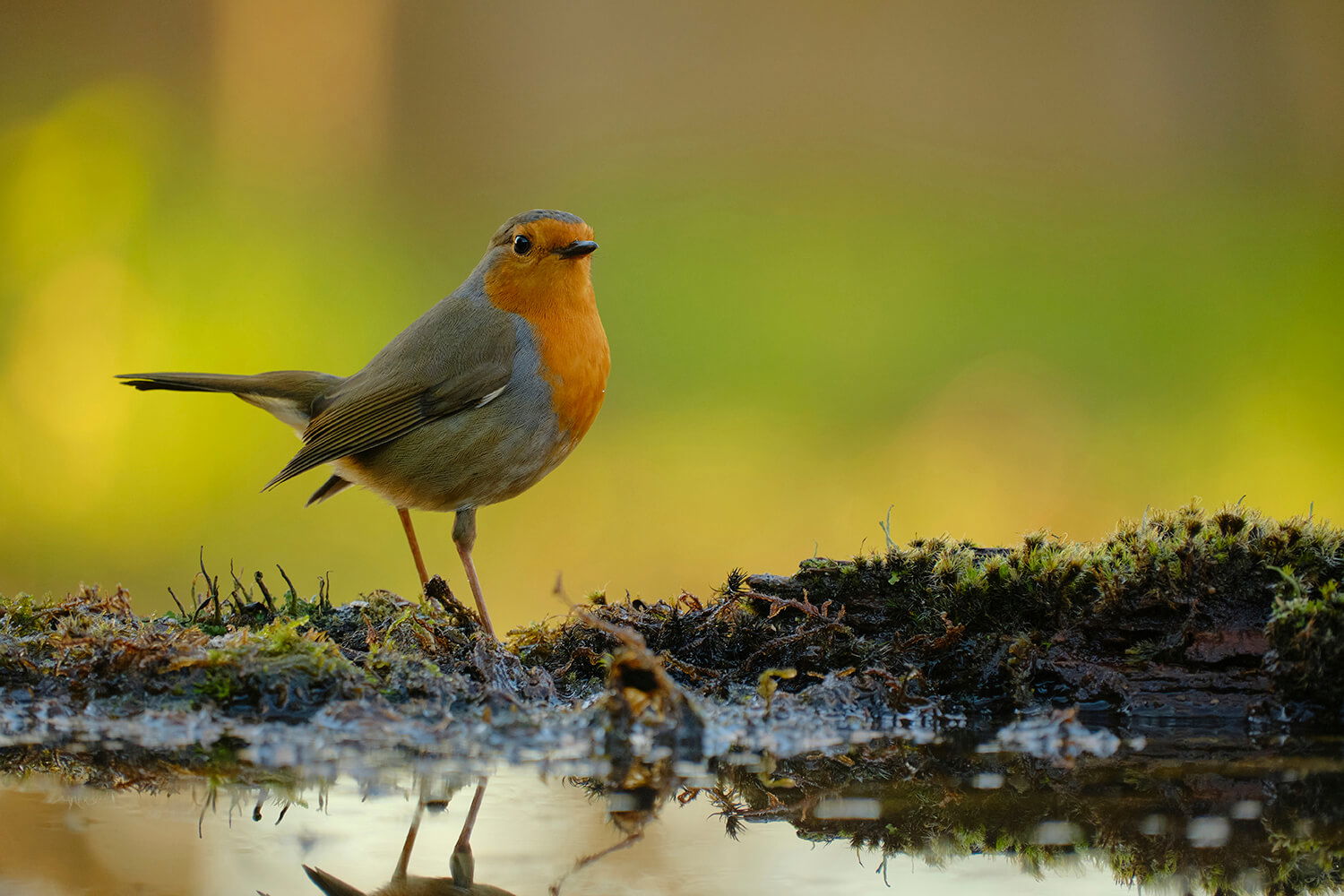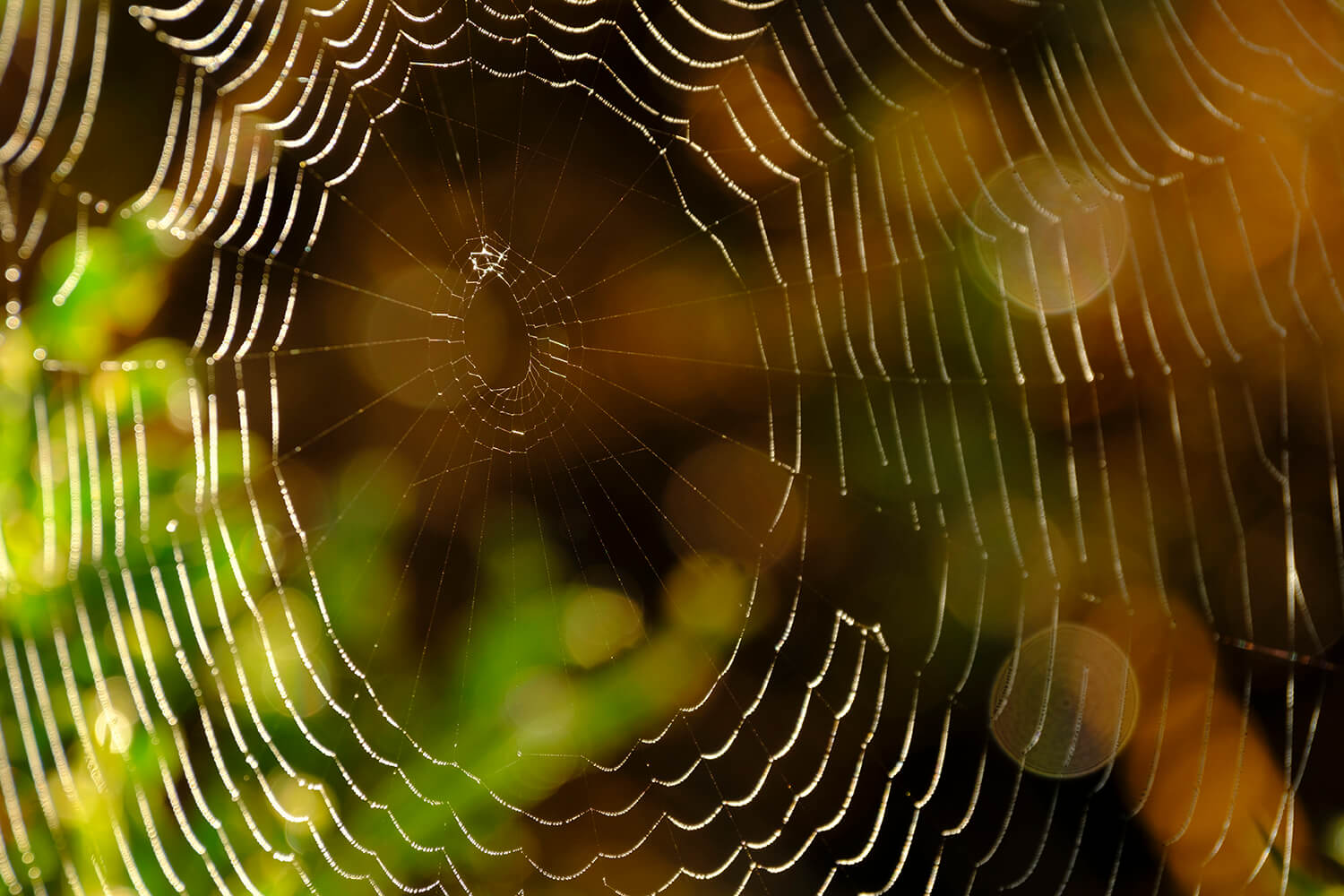Kiko Arcas is passionate about the natural world and Fujifilm kit. Who better to help you take better images this spring?
There’s more than a hint of spring in the air. The weather is turning warmer, daylight hours are gradually increasing and the outdoors has become a hive of natural activity. As the world awakens from its winter slumber, photographers are dusting off their gadget bags in preparation for the delights ahead. And what delights! Because when the natural world wakes up, it’s a sight to behold.
Spanish nature photographer Kiko Arcas knows this only too well. Ever since he was young, he’s had an avid interest in nature, particularly birds, and over the past 20 years, this interest has taken flight to become not only his passion but his vocation, too. “It all started when I was ten years old; together with my brother, I began to observe and study birds. From there it was a natural progression to photograph them. Today, I’m passionate about them and being able to photograph birds from just a few metres away gives me enormous satisfaction,” Kiko enthuses.
Photographing birds is something that takes a combination of great skill, in-depth subject knowledge and great patience. The amazing images that Kiko produces with Fujifilm equipment are never left to chance; they’re the final part of a jigsaw that can take some time to put together. “Observing, organising and planning ensure the final image is as successful as possible,” he tells us.
“Spring is an explosion of life. Plants start flowering, the trees are filled with new leaves that will protect us from the sun as well as provide food and protection for hundreds of animal species,” Kiko continues. “The birds wear their best clothes; breeding plumages that delight any bird photographer. Life is everywhere and that is simply wonderful for a nature photographer.”
He’s right. Now is the time to get out and make photos of the world in all its bright, vibrant glory. Naturally, you don’t have to focus all your attention on birds; there are more static subjects that won’t disappear as you approach them, but these make for equally photogenic subjects. And when it comes to choosing the right lens to photograph the myriad subjects, there’s a new kid on the block that is worthy of attention: the FUJINON XF70-300mmF4-5.6 R LM OIS WR.
With a 35mm equivalent focal length of 107-457mm and the option to further boost this range with the FUJIFILM XF1.4X TC WR and XF2X TC WR teleconverters, XF70-300mm is a versatile optic that suits nature photography perfectly. Its weather-resistant build is perfect for withstanding spring showers, while up to 5.5 stops of Optical Image Stabilisation (OIS) provides confidence in the hand. It’s also the lens that Kiko used for each image displayed here. “Fujifilm’s optics are the perfect size and weight for my field trips. The XF70-300mm in particular is light, handy and offers brilliant optical quality. It gives me total confidence, guaranteeing perfect images with optimal bokeh,” he beams.
Having great equipment is one very important part of the image-making equation, while the other is fieldcraft – the techniques used to get the results. Kiko favours two approaches.
“The first is using some form of hide, where I can wait, unnoticed by the birds I want to photograph. The second option is to stalk; hanging my camera over my shoulder walking along a beach, through a forest or in the countryside and photographing all the opportunities that come my way,” Kiko reveals. “Stalking is less laborious and doesn’t require as much planning, but both techniques enable me to create images with great impact.”
Whether hiding or stalking, the addition of XF70-300mm to the lens lineup means Kiko now has plenty of options within the Fujifilm system to realise his vision of the natural world. “X Series cameras are well suited, thanks to their speed of focus, light weight and handling,” he asserts.
“In my view, FUJIFILM X-T4, FUJIFILM X-T3 and FUJIFILM X-S10 are the best options for nature photography. They are very fast focusing and well balanced when used with the FUJINON XF200mm, FUJINON XF100-400mm or the new XF70-300mm.”
These outstanding images are enough to get any photographer fired up to get out and make the most of the opportunities that abound at this time of year. But Kiko plays much more the observer than the creator, using his Fujifilm kit and copious amounts of skill to record the natural world as it unfolds in front of him. “Nature is art,” he concludes, “and it is waiting for us to go out with our cameras to frame it in images.”
Want to make nature images as stunning as Kiko’s? Try out these techniques!
When to focus manually
Fujifilm cameras boast fantastic autofocusing, but there are times when it’s better to use the manual focus mode instead. A couple of these occasions arise with nature photography.
Kiko often focuses on a specific branch and waits for the bird to arrive, for example. In these situations, using AF runs the risk of the lens hunting when the bird comes into the frame. By working manually, you can set the focus accurately where required and leave it there.
Similarly, although autofocusing in macro lenses has improved greatly, it still pays to switch to manual when working very close up to small subjects. The depth-of-field available at such distances is very narrow indeed, and the extra precision provided by focusing manually makes all the difference.
Working with teleconverters
The XF70-300mm, along with selected other X Series lenses, is compatible with teleconverters. Autofocus and auto exposure both work as normal, so there’s no compromise there. However, a teleconverter decreases the intensity of the light that reaches the sensor by the square of its magnification. Plus, the teleconverter’s added glass also reduces the light reaching the sensor, so when one is fitted, there’s a decrease in the available maximum aperture.
Listed below are X Series lenses compatible with these teleconverters, including the focal lengths and changes in maximum aperture that you can expect from each different combination.
| Lens name | With XF1.4X TC WR | With XF2X TC WR |
| XF50-140mmF2.8 R LM OIS WR | 70-196mm F4 | 100-280mm F5.6 |
| XF70-300mmF4-5.6 R LM OIS WR | 98-420mm F5.6-8 | 140-600mm F8-11 |
| XF100-400mmF4.5-5.6 R LM OIS WR | 140-560mm F6.4-8 | 200-800mm F9-11 |
| XF80mmF2.8 R LM OIS WR Macro | 112mm F4 | 160mm F5.6 |





















































